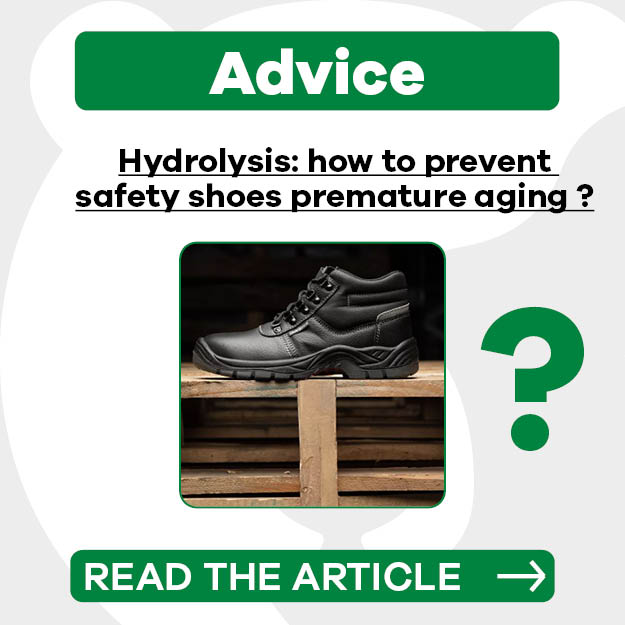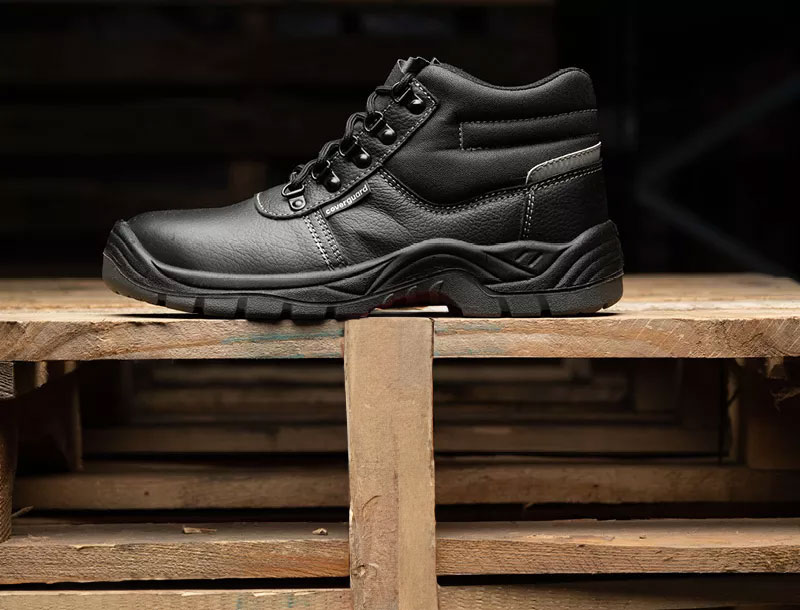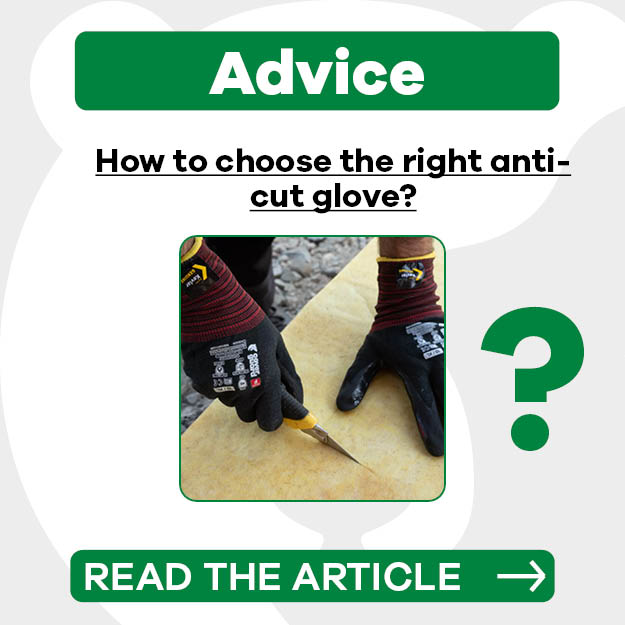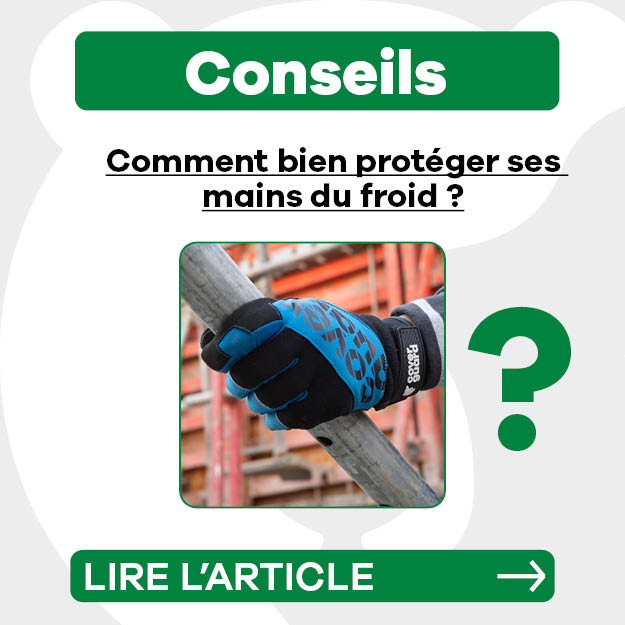
Hydrolysis: How To Prevent Safety Shoes Premature Aging
Hydrolysis and PU outsole
Many safety shoes on the market have polyurethane (PU) soles. This material makes the shoe soft and light but also shock absorbent and extremely resistant.
One of the main technical challenges with polyurethane (PU) is to overcome deterioration due to aging, known as hydrolysis.
What is hydrolysis?
Hydrolysis is the destruction of a chemical substance (in our case Polyurethane) by water molecules. Hydrolysis occurs when wet footwear is stored in warm places (lockers, heated offices) or simply over time as the air is charged with water. The phenomenon tends to accelerate in tropical areas where heat coexists with humid air.
When the process is initiated, the PU sole loses its elasticity, loosens or disintegrates.
The COVERGUARD answer
There are alternatives to PU soles with EVA (Ethylene Vynil Acetate) or nitrile based soles. However, these solutions are either more expensive or less efficient (higher weight, less flexibility...).
Coverguard's new "TROPIC SOLE" sole has been developed to resist this hydrolysis phenomenon while maintaining flexibility, low weight and affordable price.
What tests to prove its resistance to hydrolysis?
To ensure its resistance to hydrolysis, the Coverguard technical department has tested the "TROPIC SOLE" after developing it. For 3 weeks, it was placed in an oven at a temperature of 70°C, with saturated humidity. It was then mechanically tested (tests of the soles' resistance to abrasion, tearing and traction and elongation at break), to ensure that its performance was maintained.
As the results obtained after the tests were very close to those obtained before exposure to hydrolysis (very little or no alteration noted), we decided to adapt this TROPIC SOLE sole to our new THORIUM shoe.
THORIUM is therefore perfectly adapted to hot and humid environments and will become the best ally of workers in the tropics!




















